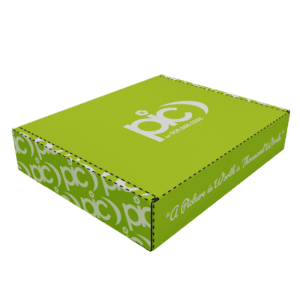Home » Corrugated Product Manufacturing Methods
Corrugated Product Manufacturing Methods
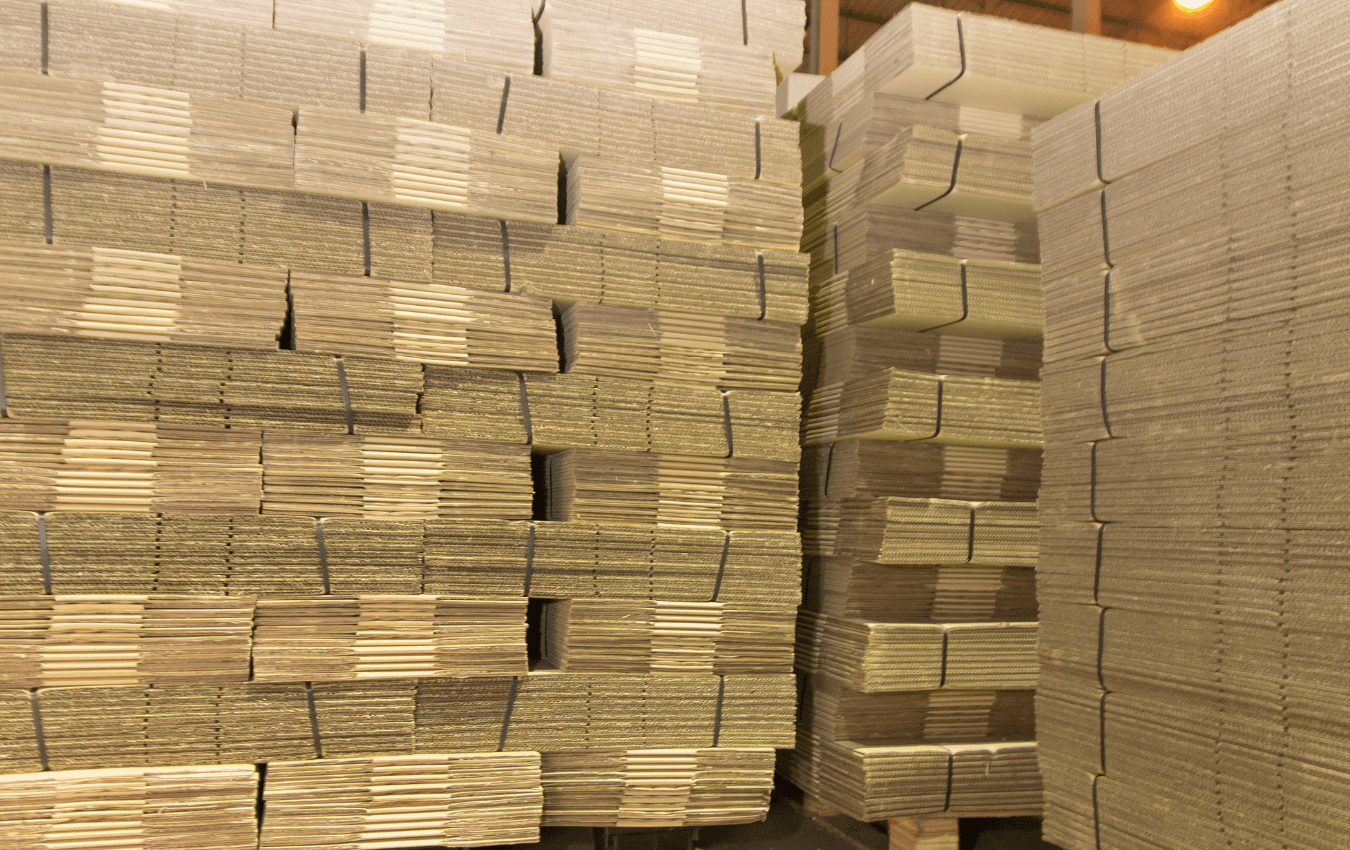
When you see packaging, you don’t see the process it went through, you just see the result. It is important to understand how each package is created, especially if you are looking for packaging for your business.
The two most common manufacturing processes include flexo folder gluer and die cutting. Flexo folder gluer is best used for certain style boxes, mainly used for shipping. While die cut is best used for custom boxes, such as mailers and inserts. One of the main differences between these methods is the requirement for tooling. Flexo folder gluer can operate without a tool, whereas die cut products will require specific tooling depending on the style of the box.
To make the best choice for your business needs, you must understand the differences between the machines.
Machine Run:
What is flexo folder gluer?
The flexo folder gluer is a machine that produces boxes with a wide range of configurations available to suit any production level. It can produce boxes without requiring a tool. This system prints, scores and slots the boxes before folding and gluing them together. Although this machine is full-service, it can only make certain styles of boxes.
Styles that can be made with this machine:
RSC- Regular slotted container
HSC- Half slotted container
FOL- Full overlap
POL- Partial overlap
The main elements of flexo folder gluer:
- Feeder: stacks and squares the boards before moving into the machine at the required speed
- Flexographic print units: one for each color
- Creasing and slotting units: cut and score the boards, to create flaps and panels
- Folder gluer: apply adhesive to the glue tab and fold
- Counter ejector: stacks the boxes in the required quantities according to the thickness of the material.
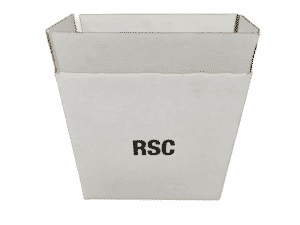

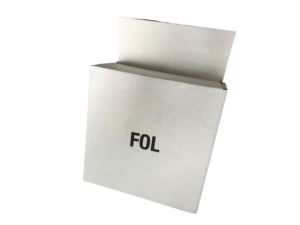
Die Cut:
What is die cutting?
Die cutting is a process that transforms material by cutting, forming, and shearing it into custom shapes and designs. This machine requires tools and uses rollers and cutting plates to put pressure on a die to push through and create a precise die cut. If you are ordering specific style boxes, then you will need to use a die cut machine. There is two important kinds of die cutting; flatbed and rotary.
Flatbed die cutting-
Flatbed die cutting cuts the desired shape out of material using a hydraulic flatbed press. This works well for low volume projects of consistent cut or larger sized products.
Advantages:
- Lower tooling cost
- Max tonnage pressures
- Process thicker materials in larger and wider sizes
Disadvantages:
- Slower
- Price per piece is more expensive
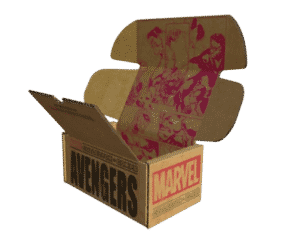
Rotary die cutting-
Rotary die cutting uses a cylindrical die to cut shapes out of material. These cylinders are fully covered in blades to cut out the desired shape as it moves around in a circular motion. This machine cuts a wide range of designs with the highest degree of precision and accuracy.
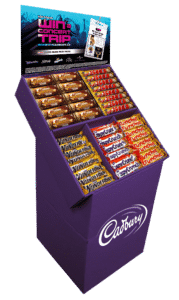
Advantages:
- Consistent cutting speeds and precision
- Faster production
- High volume productions
Disadvantages:
- Tooling is more expensive
- Stricter size constraints
Summary Machine Run vs Die Cut:
Selecting between machine run and die cut just comes down to what kind of packaging your business needs. The main determining factor between choosing machine run or die cut depends on the style and if a tool is required to cut the boxes. If it is a specific style or shaped box and a tool is needed to cut the boxes, then die cut would be the best option. If no tools are required, then machine run would be the best option. Machine run only makes certain style of boxes which are mainly used for shipping purposes, if any other style is needed then you must use a die cut machine.
Each process has its advantages and disadvantages, it is just important to decide which will work best for your business packaging needs. If unsure of which process is needed for your business, contact Brown Packaging today to speak with one of our packaging specialists.
As tariff changes reshape global trade, packaging buyers moving production from China to the U.S. or nearshore regions face a new challenge: supplier qualification. Transitioning
With new tariff proposals and continued trade uncertainty, 2026 is shaping up to be another pivotal year for packaging sourcing strategy. Many companies that shifted
Following multiple rounds of tariff changes and trade policy adjustments, 2026 marks a turning point for U.S. packaging buyers. Many who previously transitioned from China
Shifting packaging production from China to the U.S. can help stabilize costs, reduce tariff exposure, and shorten lead times. But the transition process requires careful
RSC boxes are known for their efficiency and versatility, but their performance ultimately comes down to strength. Buyers often see numbers like ECT, BCT, and
In packaging, foam isn’t just about initial protection — it’s about maintaining performance over the entire shipping or storage cycle. Compression set and recovery characteristics
Home » Corrugated Product Manufacturing Methods
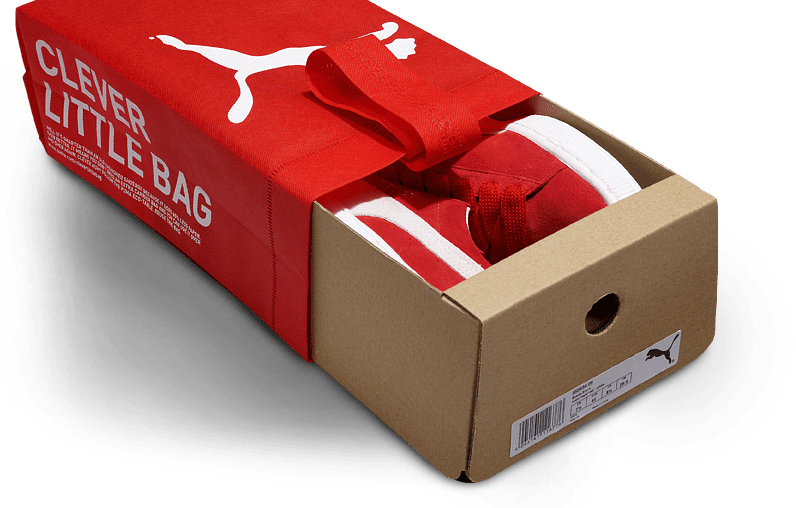
The world of packaging design has undergone a remarkable transformation in recent years, with new and innovative designs emerging to meet the ever-changing needs of

Choosing the right printing method for your packaging is very important. It is necessary to consider artwork, design, quantity, time frame and many more when
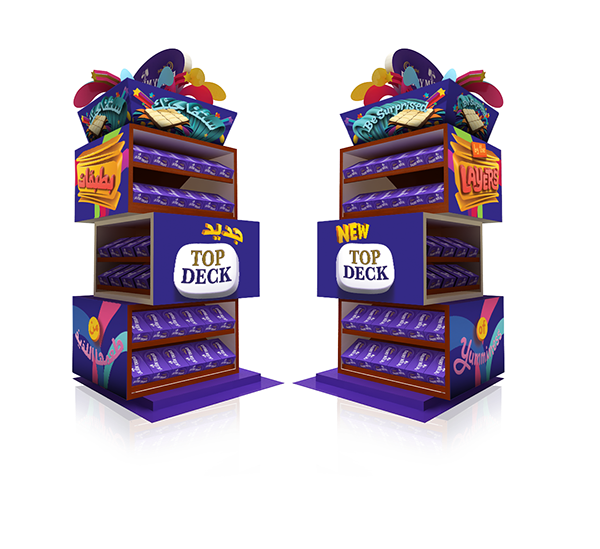
In the bustling world of retail, where competition is fierce and every inch of shelf space matters, staying ahead requires innovation. You’ve cultivated an exceptional


